Rural marketing
Rural Marketing - Promotion Strategies
Introduction
Marketing may be described as the process of defining, anticipating and knowing customer needs, and managing all the resources of the organizing to satisfy them. The satisfaction of customer’s needs and wants provides the existence for the organization. The consumer’s behavior comprises the acts, processes and social relationships shown by individuals, groups and organizations with products and services.
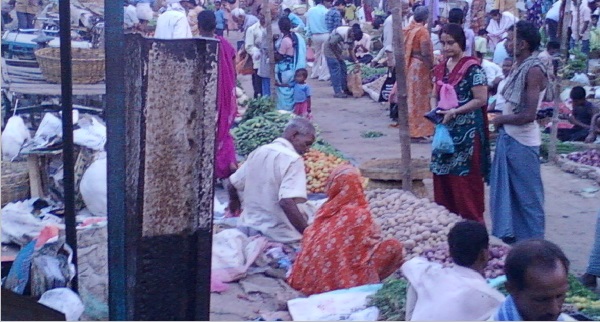
Rural Market and Marketing
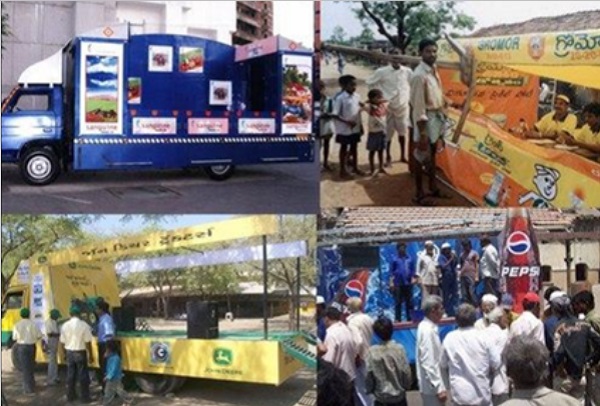
- Urban to Rural − It is a process of selling the products and services by urban marketers in rural areas. These products mostly include pesticides, FMCG products, consumer durables, etc.
Rural to Urban − It is a process where a rural producer sells his products in urban market. This may or may not be direct, but mostly there are middlemen, agencies, government co-operatives etc. who take initiatives in the successful running of the selling process happen successfully in an appropriate price.
Rural to Rural − It is a process which includes selling or exchange of agricultural products, tools, cattle, carts and others to another village in its proximity.
Nature and Characteristics of Rural Market
There is a saying that the proof of the pudding lies in eating it, like this the proof of all production lies in consumption or marketing. The speed of technological improvement increases the buying capacity in people. They prefer more and better goods and services. The globalization of the Indian economy has given an advantage to production and mass distribution of goods and services
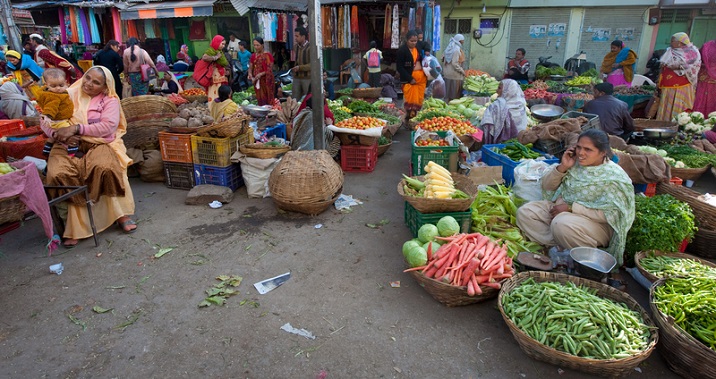
Rural Marketing - In Indian Economy
Rural marketing in Indian economy can be classified mostly under the following two categories −
the markets for consumer durables consists of both durable and non-durable goods
the markets for agricultural products which include fertilizers, pesticides, seeds, and so on.
The following are the characteristics of rural markets −
Here agriculture is first and also the main source of income.
This income is seasonal in nature and fluctuates as it depends on crop production.
Though it is large, the rural market is geographically scattered.
It shows religious, cultural and economic disparities.
The market is not much developed, because the people here exercise adequate purchasing power.
Challenges in Rural Market
There are various challenges that hinder the progress of rural market. Marketers face a number of problems like physical distribution, logistics, no proper and effective sales force and no effective marketing communication when they enter into the business of rural markets.
The following are the major problems faced in the rural markets −
Standard of Living
A large part of the population in rural areas lies below poverty line. Thus the rural market is also underdeveloped and the marketing strategies have to be different from the strategies used in urban marketing.
Low literacy levels
The low literacy levels in rural areas leads to problem in communication with the market and the print media has less utility as compared to the other media of communication.
Low Per Capita Income
In rural market, agriculture is the main source of income and hence expense capacity depends upon the agricultural produce. Demand may or may not be stable.

Transportation and Warehousing
Transportation and supply chain management are the biggest challenges in rural markets. As far as by road transportation is concerned, about 50% of Indian villages are connected by roads to the nearest big cities. The rest of the rural markets do not have proper road linkage to other cities which causes problems in physical distribution.
Ineffective Distribution Channels
The distribution chain is not organized and also requires a large number of intermediates, which in return increases the cost. Due to lack of appropriate infrastructure, manufacturers are giving back steps to open outlets in these areas. That is why they need to dependent on dealers, who are rarely available for rural area which increases the challenges for marketers.
Opportunities in Rural Market
To solve the problems of rural market and rural marketing in India, the following points need to be considered by marketers −
Physical Distribution and transportation
Regarding the problems of physical distribution, the marketers may have stockiest/ clearing-cum-forwarding (C&F) agents at strategic location for facilitate the physical distribution for its products in the rural market. The important advantage of this scheme is that the costs of physical distribution can be shared between the companies and stockiest.
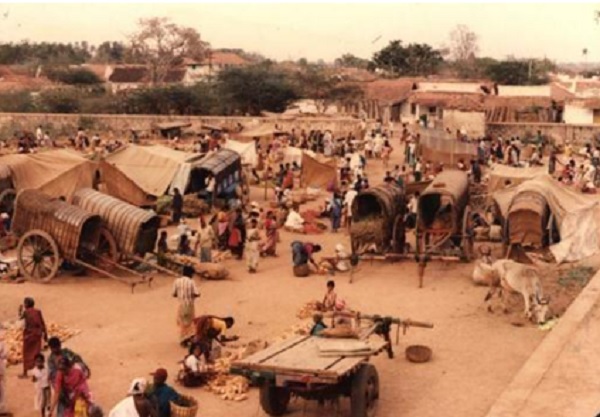
Rural Marketing - Rural Markets
Businesses in India are optimistic about growth of the country's rural consumer markets, which is expected to be growing faster than urban consumer markets. These days, there is better networking among rural consumers and their tendency to proactively seek information via multiple sources to be better informed while making purchase decisions.
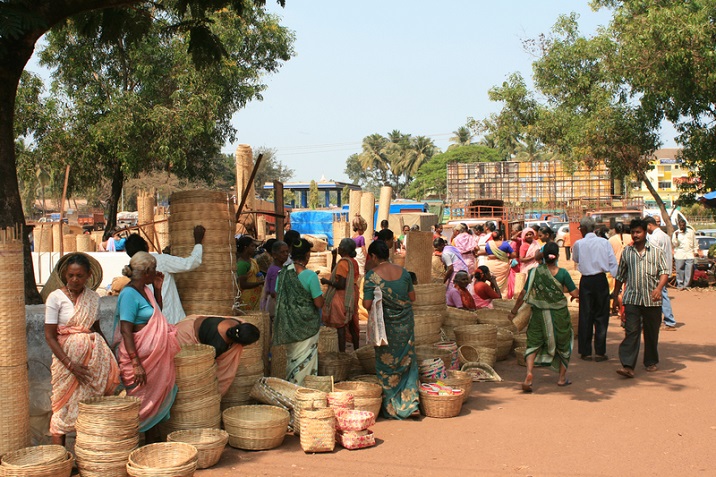
Market Structure
The structure of the rural market can be defined by interlinking the Product and Consumer flow processes as mentioned in the illustration below. We have taken the buyer and seller to define different systems in rural markets.
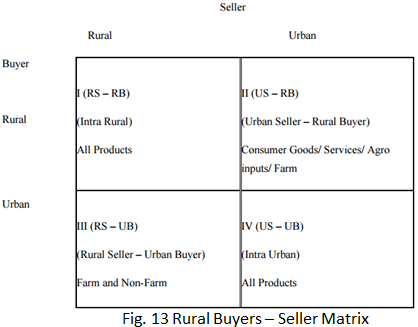
Rural and Urban Market Analysis
Consumer behavior is a crucial area to be delved upon by the companies. The mindset of the rural consumer is completely different from that of the urban consumer. In urban market, to buy an electronic item, the customer thinks of brand and its updated feature, whereas in rural market a buyer thinks of money, durability, buying capacity and so on. The bottom line is that the mindset makes a lot of difference in both the markets.
Rural Marketing - Consumers
Let us now understand the characteristics and classification of rural consumers.
The rural consumers are classified into the following different groups based on their economic status −
The Middle Class
This is one of the largest segments for manufactured goods and is fast expanding — farmers cultivating sugar cane in UP and Karnataka fall in this category.
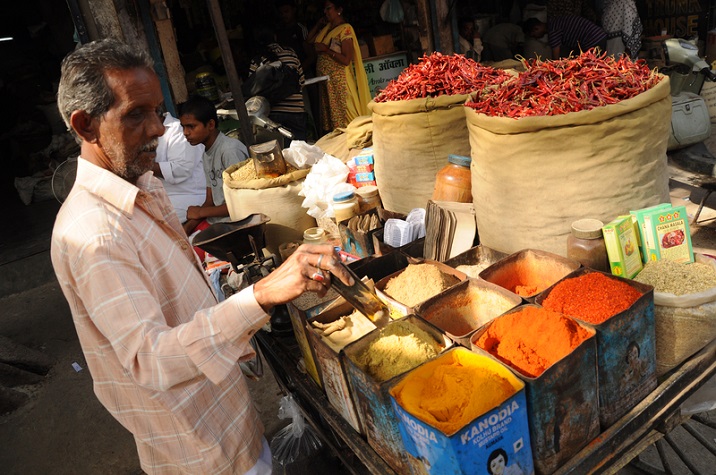
The Poor
This constitutes a huge segment. Their Purchasing power is less, but strength is more. They receive the grants in various ways from government and reap the benefits of many such schemes and may move towards the middle class. The farmers of Bihar and Orissa fall under this category.
Influencing the Rural Consumers
The biggest challenge faced by marketers today is to develop a model to influence the rural consumers’ mind over a large period of time and keep it going. This needs to be achieved in a minimum of limited or a reasonable budget. That’s where the marketers who really need to understand rural markets and advertising agencies can make a difference and develop a communication model.
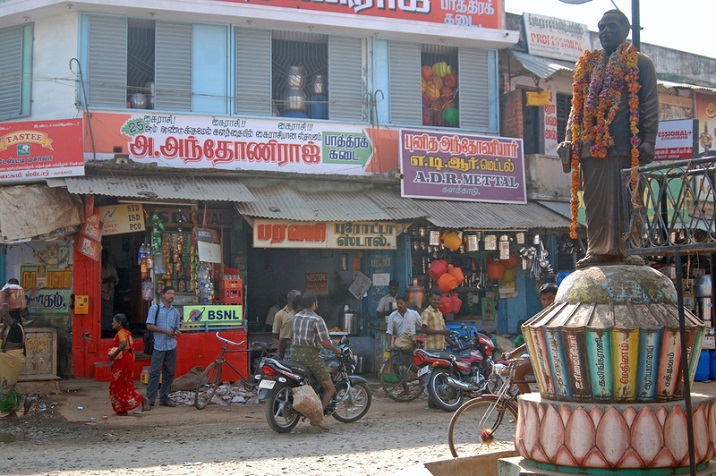
The mass media has the drawback that the time gap between the point of exposure and the time of purchase is long. So it is very difficult and risky to use it in rural communication.
Rural Marketing - Mix
Marketing mix comprises of various controllable elements like product, price, promotion and place. Success of any business enterprise depends on marketing mix and these four elements are like powerful weapons in the hand marketers.
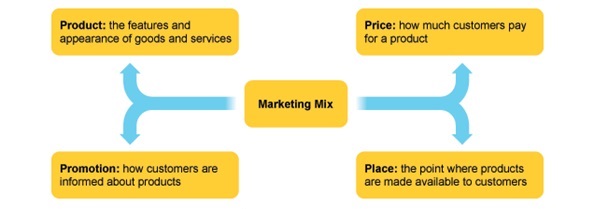
Since behavioral factors of rural consumers are different and almost unpredictable in nature, the marketers have a challenging task to design marketing mix strategies for the rural sectors. Due to considerable level of heterogeneity, marketers need to design specific programs to cater needs and wants of specific groups.
Product Mix
Product is a powerful tool of an organization’s success. The products must be acceptable to rural consumers in all significant aspects. The firm must produce products according to the needs and future demands of rural buyers. The product features like size, shape, color, weight, qualities, brand name, packaging, labeling, services, and other relevant aspect must be fit with needs, demands and capacity of buyers.
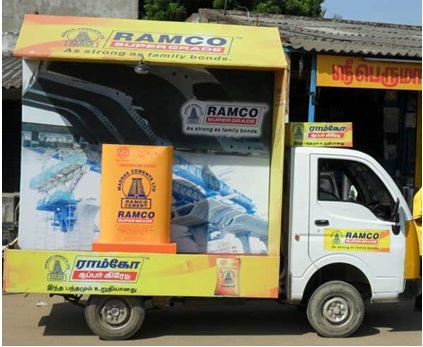
Development of Rural Landscape
The purpose of this program is developing an inclusive and worthy infrastructure for the rural landscape that will ensure its development and renewal alongside continuing agricultural activity. In addition to that, it’s also about creating conditions for the sustenance of a population and all types of sustainable rural settlement which will secure a reasonable level of public services, a multi-generation society and a diverse and stable economy

Improve Rural Environment
Let us now see the steps taken to improve rural environment −
Poultry Farm Reform
The objective is to relocate chicken coops that are in proximity to residences in rural agricultural cooperatives, thereby removing this environmental nuisance from residential areas. Based on economic incentives to this sector from government allocated grants, the chicken coops are to be moved to designated areas.
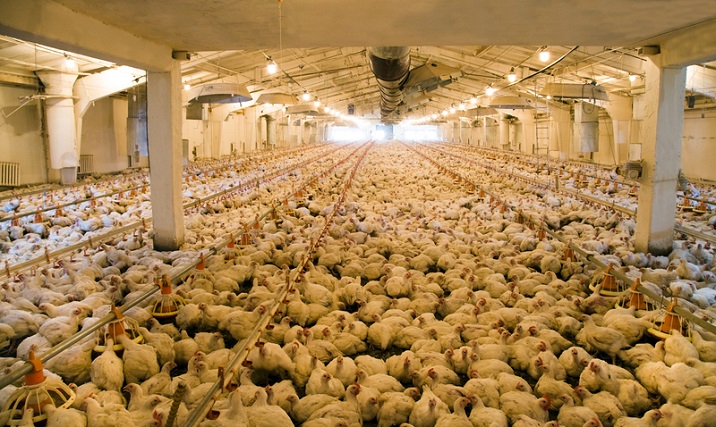
Dairy-farming Reform
Now entering its final stages, the program has resulted in a reduction in the number of inefficient dairy cowsheds and improved compliance with environmental standards.
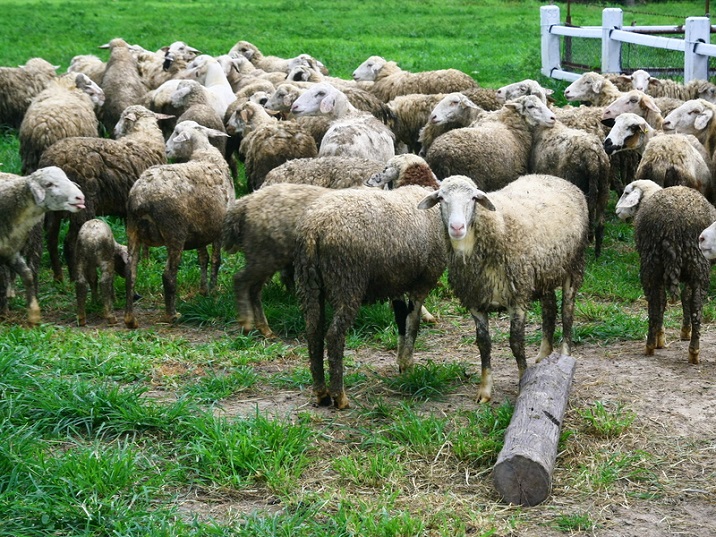
Informative 👍
ReplyDeleteInformative 👏
ReplyDeleteThis comment has been removed by the author.
ReplyDeleteGood one 👏👏
ReplyDeleteGreat job
ReplyDelete👏👏
ReplyDeleteGood job
ReplyDelete👏👏
ReplyDeleteGood job
ReplyDeleteGreat one 👏
ReplyDeleteTruly wonderful
ReplyDeleteGood one👍
ReplyDeleteInformative 👌
ReplyDeleteGreat work👏
ReplyDeleteInformative 👍
ReplyDeleteVery informative
ReplyDelete